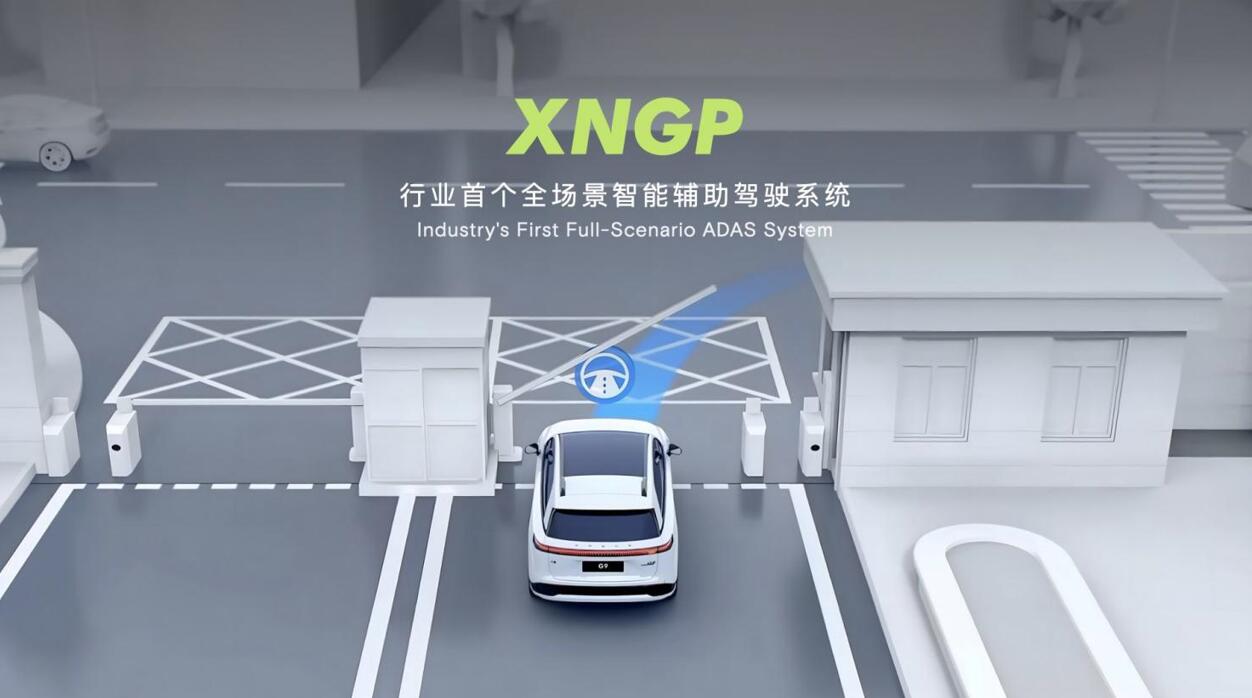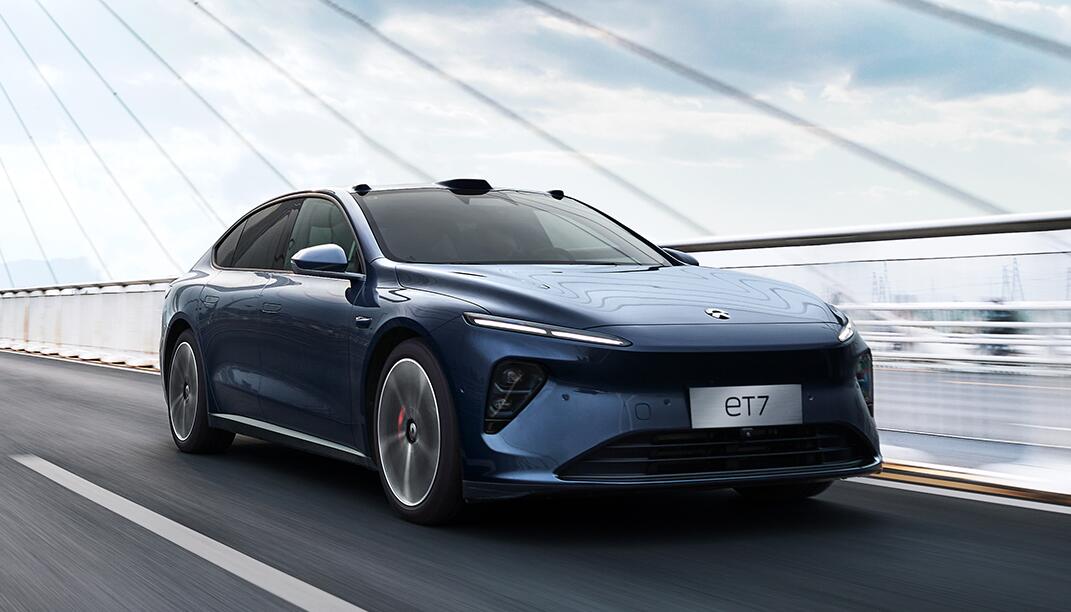Tesla will soon begin large-scale testing of FSD (Full Self-Driving) in China, according to a report by Caixin on April 3. TSLA.US

(A screenshot from the Tesla China website.)
Tesla (NASDAQ: TSLA), despite being a pioneer among electric vehicle (EV) makers in exploring autonomous driving, has been seen as slow to move in the space in China. Now, it looks like things are about to change.
Tesla is about to begin large-scale testing of FSD (Full Self-Driving) in China, local media outlet Caixin said in an April 3 report.
The story was a feature on BYD and did not mention anything more about Tesla's FSD localization efforts in China.
Notably, this is the second time in a week that similar rumors have surfaced.
Tesla China will soon push out a major update to Autopilot, auto blogger Zheng Xiaokang, who has 532,000 followers on Weibo, said on March 27.
The blogger did not mention any more information, and in the comments section of his Weibo post, there was speculation that the update might be Tesla's vision-only V11 software.
All Tesla vehicles currently come with the free Basic Autopilot (BAP) software. In addition, Tesla offers Enhanced Autopilot (EAP), FSD software as an option.
EAP and FSD cost $6,000 and $15,000 in the US and RMB 32,000 ($4,650) and RMB 64,000 in China, respectively.
Tesla opened the EAP feature option in China on February 5, 2021, adding several features compared to BAP, including automatic assisted lane change, automatic parking, and smart summoning.
Tesla has made the EAP feature available free of charge to Chinese owners on holidays several times over the past two years, although the software has not won much praise.
The optional Tesla FSD capability has always been available, but Chinese consumers who have purchased the package have so far failed to get a significantly better experience than BAP.
In contrast, Tesla's Chinese counterparts are seeing tremendous progress with the assisted driving feature.
On March 31, XPeng (NYSE: XPEV) made its Tesla FSD-like advanced driver assistance aystem (ADAS) available for its flagship G9 and P7i models, though the capability still relies on high-precision maps for now. The feature was previously available on the P5 sedan.
XPeng plans to expand full lane-changing, overtaking and left/right turn functionality to major Chinese cities without high-precision maps in the second half of 2023, while full-scene ADAS is planned for 2024.
On February 20, NIO (NYSE: NIO) began allowing all NT 2.0 platform models to trial NOP+ assisted driving software, which enables a point-to-point assisted driving experience on highways as well as urban expressway scenarios.
($1 = RMB 6.8822)
The post Tesla reportedly to begin large-scale testing of FSD in China appeared first on CnEVPost.
For more articles, please visit CnEVPost.








 The rollout of NOP+ is NIO's preparation for the launch of its subscription-based NAD assisted driving software.
The rollout of NOP+ is NIO's preparation for the launch of its subscription-based NAD assisted driving software. Li Auto said City NOA's real-time HDMapNet-based road structure awareness algorithm can sense and make decisions in real-time based on its surroundings, just like a human.
Li Auto said City NOA's real-time HDMapNet-based road structure awareness algorithm can sense and make decisions in real-time based on its surroundings, just like a human. Dongfeng's passenger car business unit will use Black Sesame's chips for its first all-electric sedan and first all-electric SUV.
Dongfeng's passenger car business unit will use Black Sesame's chips for its first all-electric sedan and first all-electric SUV. Tencent will provide support for the large-scale data storage, computing and model training needed to take NIO's autonomous driving technology from development to operation.
Tencent will provide support for the large-scale data storage, computing and model training needed to take NIO's autonomous driving technology from development to operation. The two will work together to build an automotive software and hardware platform and jointly promote the establishment of an automotive electronics ecosystem alliance.
The two will work together to build an automotive software and hardware platform and jointly promote the establishment of an automotive electronics ecosystem alliance.